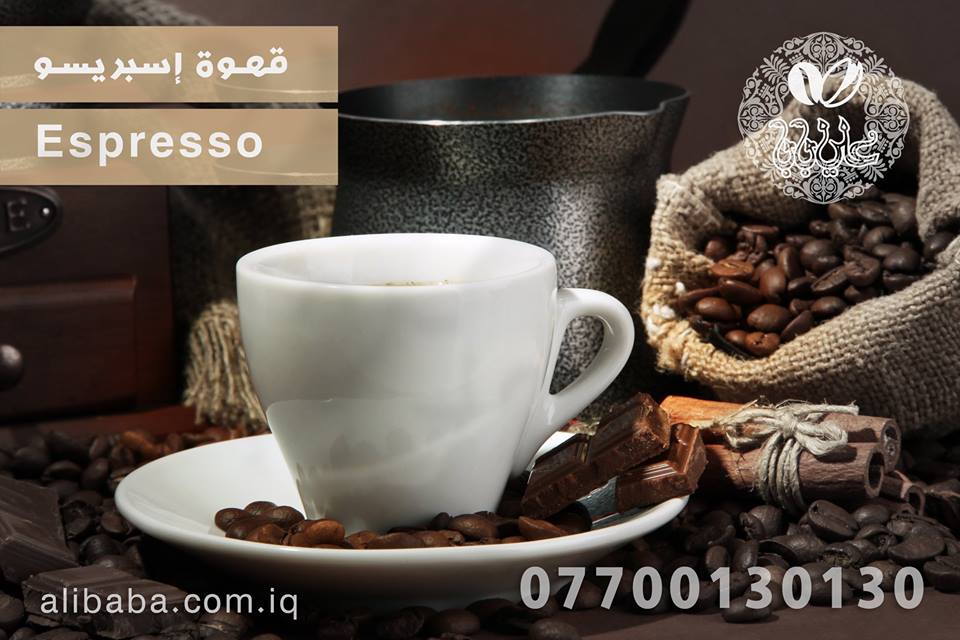is coffee brewed by forcing a small amount of nearly boiling water under pressure through finely ground coffee beans. Espresso is generally thicker than coffee brewed by other methods, has a higher concentration of suspended and dissolved solids, and has crema on top (a foam with a creamy consistency). As a result of the pressurized brewing process, the flavors and chemicals in a typical cup of espresso are very concentrated. Espresso is also the base for other drinks such as a caffè latte, cappuccino, caffè macchiato, caffè mocha, flat white, or caffè Americano. Espresso has more caffeine per unit volume than most coffee beverages, but because the usual serving size is much smaller, the total caffeine content is less than a mug of standard brewed coffee, contrary to a common belief. Although the actual caffeine content of any coffee drink varies by size, bean origin, roast method and other factors, the caffeine content of “typical” servings of espresso vs. drip brew are 120 to 170 mg vs. 150 to 200 mg.
There is a debate over whether the spelling expresso is incorrect or whether it is an acceptable variant. Oxford Dictionaries online states “The spelling “expresso” is not used in the original Italian and is strictly incorrect, although it is common.” The Oxford Dictionary of American Usage and Style (2000) describes the spelling expresso as “wrong”, and specifies espresso as the only correct form. The third edition of Fowler’s Modern English Usage (1996) states that espresso “has entirely driven out the variant expresso”. The Oxford English Dictionary, Merriam-Webster and the Online Etymology Dictionary call “expresso” a variant spelling.

